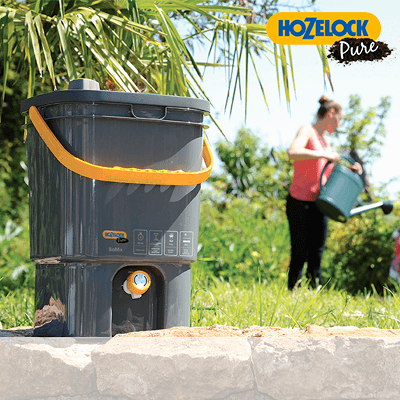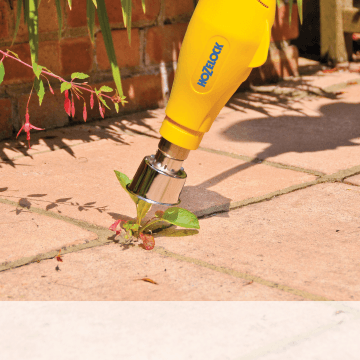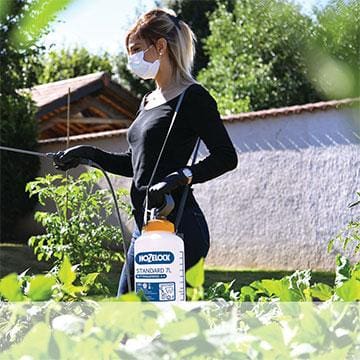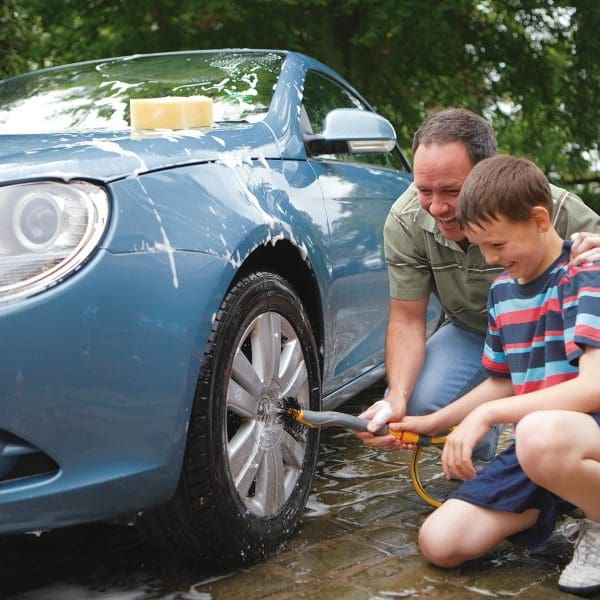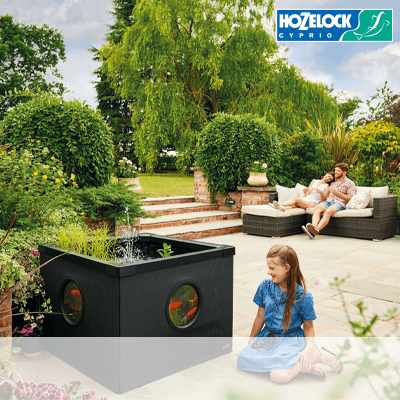In difficult winter conditions, animals can find it hard to find sufficient food, water, and shelter when it gets frosty. In this part 1 of or three-part winter wildlife series, we will be covering the best ways to keep your favourite animals hydrated this winter. Click the links if you would like to see the rest of the series covering ‘Top tips for providing food for animals in winter‘ and the ‘Top 5 ways to keep your garden wildlife friendly this winter habitats‘.


When temperatures drop, ponds and other water sources can become frozen over. This may be the only water source for birds to drink and bathe in – hindering their hydration and hygiene.
Leave out fresh water
Place fresh water in a shallow dish on the ground or even an upturned bin lid to benefit the hydration of all garden wildlife, including birds and hedgehogs.
Empty and clean bird boxes, feeders and baths
You could also invest in a birdbath to keep birds hydrated and clean. Clean out your bird boxes, feeders and baths with hot water, a mild detergent, and a brush. This will encourage good hygiene and help birds stay healthy during the Winter.
Break the ice
If your pond is frozen, ensure you make a hole in the ice. This will allow wildlife to drink and enter and exit the pond. This will alleviate toxic gases that can build up in the water of a frozen pond, which may kill any fish or frogs that are hibernating at the bottom.
The best methods for preventing this are:
- Float a tennis ball or something similar in your pond to stop it from freezing over and frogs from suffocating.
- Put the kettle on, fill a saucepan with hot water and carefully place it on the surface of your pond until a hole has melted.
DO NOT hit the ice with force or tip boiling water onto the pond, as this sends shockwaves through the water harming the wildlife living inside.


















